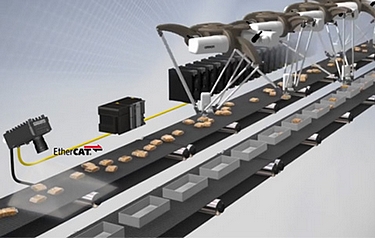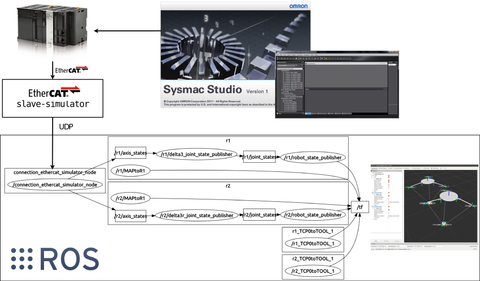From Barrett Williams
The brand-new NVIDIA Jetson TX2 Developer Kit runs ROS Kinetic!
Through its 256-core Pascal-based GPU that supports CUDA 8.0 and cuDNN 5.1, Jetson TX2 executes object classification, SLAM, and localization with low latency, short control loops, and at high framerates, all on a low power budget. In addition to 4 ARMv8 Cortex A57 cores, Jetson TX2 also sports two Denver cores for additional performance in single-threaded workloads.
Just as the Jetson TX1 before it, NVIDIA's new Jetson TX2 also supports ROS Kinetic Kame on Ubuntu 16.04 LTS Xenial. Thanks to a partnership with OSRF, roboticists can now deploy Deep Learning on the most power efficient embedded platform available today. (TX2 sports a fresher 4.4 Linux kernel, which TX1 will receive in the coming months.)
Connect sensors and other peripherals over USB 3.0, Gigabit Ethernet (now built into the TX2 chip), PCI-Express (x4 or x2 + x1), I2C, CAN bus, or UART. Find custom carriers from Auvidea and Connect Tech to integrate in any chassis that can accommodate a credit card.
From the Toyota HSR to Fellow Robots' NAVii, some of the most sophisticated robots, drones, and intelligent machines on the market today run ROS on Jetson. What will you build around ROS Kinetic and Jetson TX2?
Learn here:
https://devblogs.nvidia.com/parallelforall/jetson-tx2-delivers-twice-intelligence-edge
https://github.com/dusty-nv/rosdeeplearning
https://github.com/mit-racecar/
https://devtalk.nvidia.com/default/board/188/jetson-tx2/
https://developer.nvidia.com/embedded/twodaystoademo
Buy here for $599 ($299 academic discount; EU pricing and discounts available now, APAC in April):








